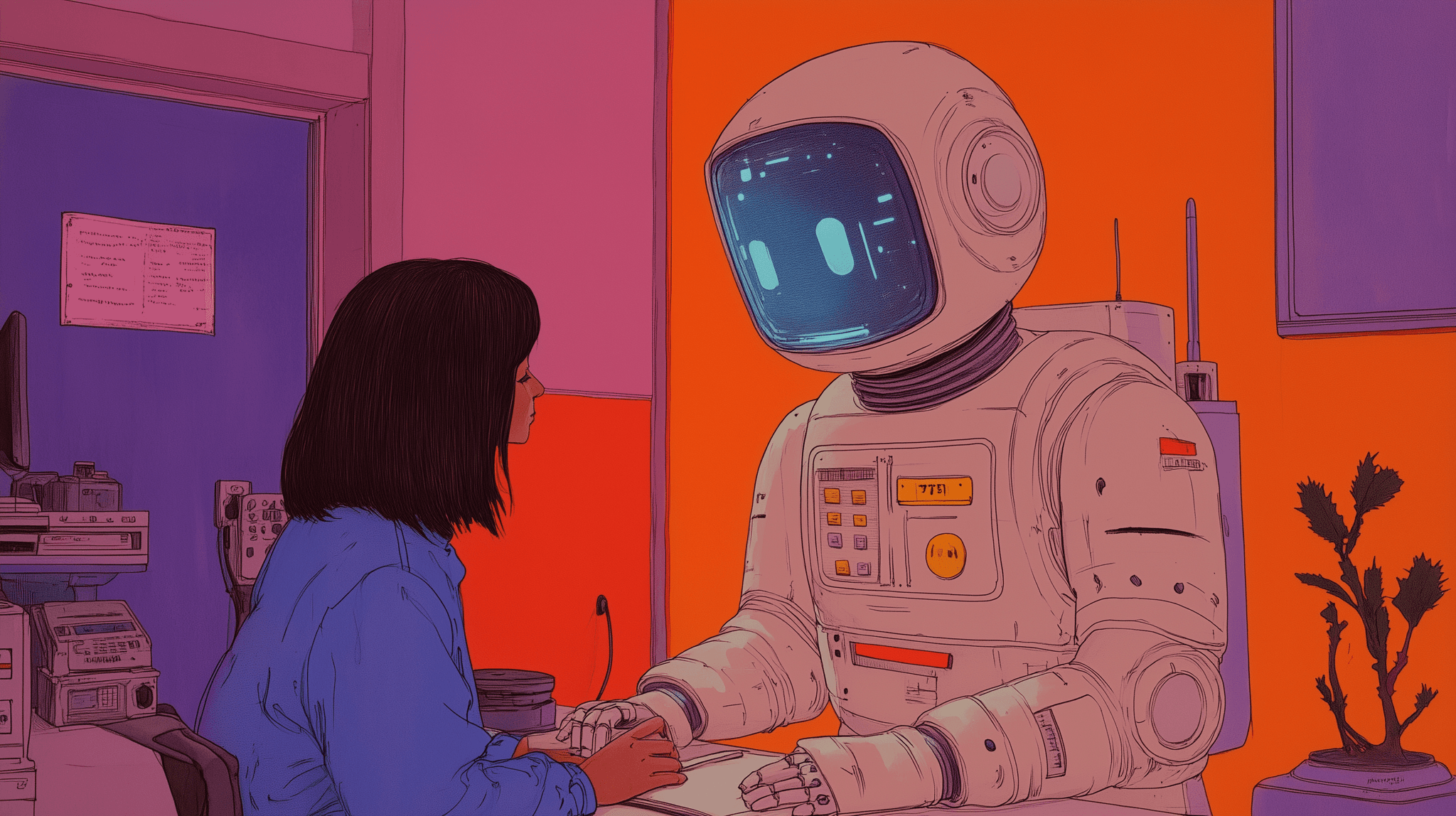Innovation for patient well-being
4 min read
Virtual reality (VR) is emerging as a cutting-edge technology in the healthcare sector, particularly in oncology. Used to support patients during complex treatments such as chemotherapy and radiotherapy, VR offers an innovative approach to improve comfort, reduce pain, and alleviate stress. But how does it work exactly and what are the concrete benefits for patients?
Reduction of pain and anxiety during treatments
Research has shown that VR can be a powerful tool for pain management in oncology patients. During chemotherapy, the experience can be extremely stressful and painful. However, through the use of virtual reality, patients are immersed in relaxing and engaging environments that allow them to distract their minds from the physical experience.
Recent studies have highlighted that the use of VR can reduce pain perception by 30-50%, thereby decreasing the need for analgesic medications. In addition to physical relief, VR also reduces levels of anxiety that often accompany cancer treatments, contributing to an overall improved patient experience.
Psychological well-being: an essential support
In addition to its effects on pain management, virtual reality has a significant impact on psychological well-being. Oncology therapies are known to be a source of stress and anxiety, which can worsen the patient's overall health status. VR offers a temporary escape, allowing patients to immerse themselves in virtual worlds where they can find moments of serenity.
A study published in Psycho-Oncology showed that oncology patients who used VR during treatments reported a 40% reduction in stress levels. This technology thus contributes to a more stable emotional balance, improving mental well-being and quality of life.
The future of VR in oncology
The applications of virtual reality in the field of oncology are continuously evolving. VR not only supports patients during treatments but is also proving useful in post-treatment rehabilitation. In the future, an increase in the use of personalized virtual rehabilitation programs is expected, capable of accompanying patients on their recovery journey, providing remote assistance and monitoring progress in real-time.
Conclusion
Virtual reality represents a breakthrough in the way oncology patients face treatments. It not only helps manage pain and anxiety but also contributes to psychological well-being, significantly improving quality of life during the most critical stages of care. The adoption of innovative technologies such as VR by doctors, nurses, and physiotherapists can open new paths for a more humane and patient-centered medicine.
Sources:
Spiegel, B. M. R., et al. (2019). "Virtual Reality for Pain Management in Oncology Patients: A Controlled Trial." Journal of Medical Internet Research.
Mallari, B., et al. (2020). "Virtual Reality for Pain and Anxiety Management in Cancer Treatment: A Review of Clinical Studies." Psycho-Oncology.
Rizzo, A. A., & Kim, G. J. (2021). "Virtual Reality in Oncology Rehabilitation: Applications and Results." Journal of Cancer Rehabilitation.
We are at Techstar '25

